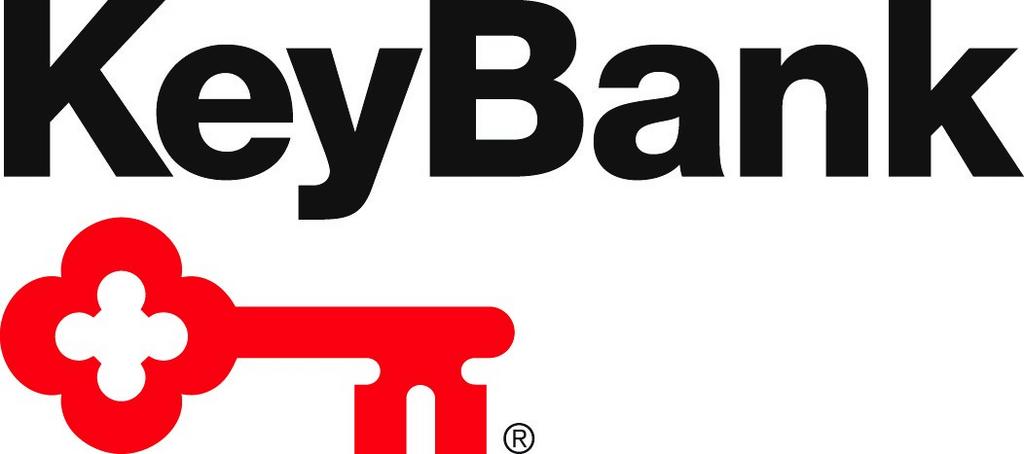Keybank National Association Oh Reduces Stake In American International Group Inc Aig

In the ever-evolving landscape of finance, the recent maneuver by KeyBank National Association to reduce its stake in American International Group Inc. (AIG) commands attention. This decision underscores the dynamic interrelations between financial entities and the strategic recalibrations that underpin investments, particularly within the insurance sector. The intricate nature of this divestment merits a closer examination, revealing broader implications for both KeyBank and AIG, as well as the financial market at large.
To comprehend the significance of KeyBank’s decision, it is essential to delineate the context surrounding AIG. Historically, AIG has been a stalwart in the insurance industry, marked by its extensive portfolio that spans life insurance, property casualty, and various financial services. However, AIG has also had its fair share of challenges, particularly following the catastrophic fallout from the 2008 financial crisis. Subsequent efforts to stabilize and reinvigorate the company have been pivotal in shaping its current operational ethos.
KeyBank, a prominent player in the banking sector, has maintained a diverse investment strategy, with interests spanning various industries, including healthcare, real estate, and financial services. By reducing its stake in AIG, KeyBank is likely signaling a strategic pivot, one that may reflect its analysis of the insurance market’s trajectory or its own evolving financial priorities. This divestment could be interpreted as an effort to reallocate capital towards more lucrative opportunities or a response to the fluctuating risk profiles associated with AIG's operations.
The reduction of this stake emerges amidst a backdrop of financial recalibration wherein institutions are increasingly scrutinizing their investment portfolios. In recent times, numerous financial entities have adopted a more cautious approach, tempered by global economic uncertainties and shifting regulatory landscapes. By divesting in AIG, KeyBank may be strategically positioning itself to enhance liquidity and fortify its balance sheet in anticipation of potential market volatility.
Furthermore, the implications of this divestment extend beyond merely financial metrics. It speaks volumes about the current zeitgeist characterizing investor sentiment toward AIG. Analysts have flagged various concerns, from AIG's ability to effectively manage underwriting risk to its responsiveness to changing market demands. While AIG has taken strides towards innovation—transforming its operational framework and investing in technology—investor confidence remains fragile.
KeyBank's decision could resonate throughout the financial community, potentially triggering a ripple effect. Other stakeholders and investors may reassess their own positions regarding AIG, contemplating the motivations behind such a significant divestment. It is not uncommon for investors to follow suit, particularly if they perceive the reduction as an indication of long-term inefficacy or escalating risk.
Moreover, this development may catalyze further dialogues about AIG's strategic direction. As the company endeavors to bolster its market share, it must grapple with the dual challenges of restoring investor confidence while sustaining operational profitability. The board of directors and executive leadership at AIG are undoubtedly acutely aware of these dynamics. They will need to communicate their strategic vision effectively, ensuring stakeholders are aligned with the company's long-term objectives.
In evaluating the financial implications of KeyBank’s divestment, it is pertinent to analyze the broader market trends influencing insurance stocks. The insurance sector, once deemed a stalwart of stability, has witnessed a paradigm shift due to emerging risks associated with climate change, geopolitical tensions, and technological disruption. Such factors have compelled firms to rethink their strategies, embracing innovation while remaining agile in a rapidly changing environment.
The trajectory of AIG will be closely monitored as it navigates these multifaceted challenges. Enhancements in product offerings, particularly in areas such as cyber insurance and emerging technologies, will be essential for the firm to maintain competitiveness. Furthermore, addressing the lingering scars from the past—specifically, regulatory scrutiny and reputational damage—will require a concerted effort to instill transparency and integrity across all facets of the organization.
On the other hand, KeyBank’s recalibrated investment strategy may reflect a broader trend among financial institutions. The emphasis on risk management has never been more pronounced, as banks navigate the complexities of the post-pandemic economic reality. Investors today are increasingly discerning, gravitating towards entities that exhibit not only profitability but also resilience and adaptability in the face of adversity. In this context, KeyBank’s decision serves as a critical case study for understanding the financial industry's shifting paradigms.
In conclusion, the reduction of KeyBank National Association's stake in American International Group Inc. encapsulates the intricate interplay between investment strategies and market perceptions. As both entities chart their paths forward amid an array of challenges, the forthcoming period will be pivotal—not just for KeyBank and AIG, but for the insurance sector as a whole. Stakeholders will be keenly watching the implications of this divestment, analyzing how it shapes future investments and influences broader market dynamics. Ultimately, the decisions made in the coming months will be instrumental in determining the fortunes of these institutions within the competitive financial landscape.
Post a Comment